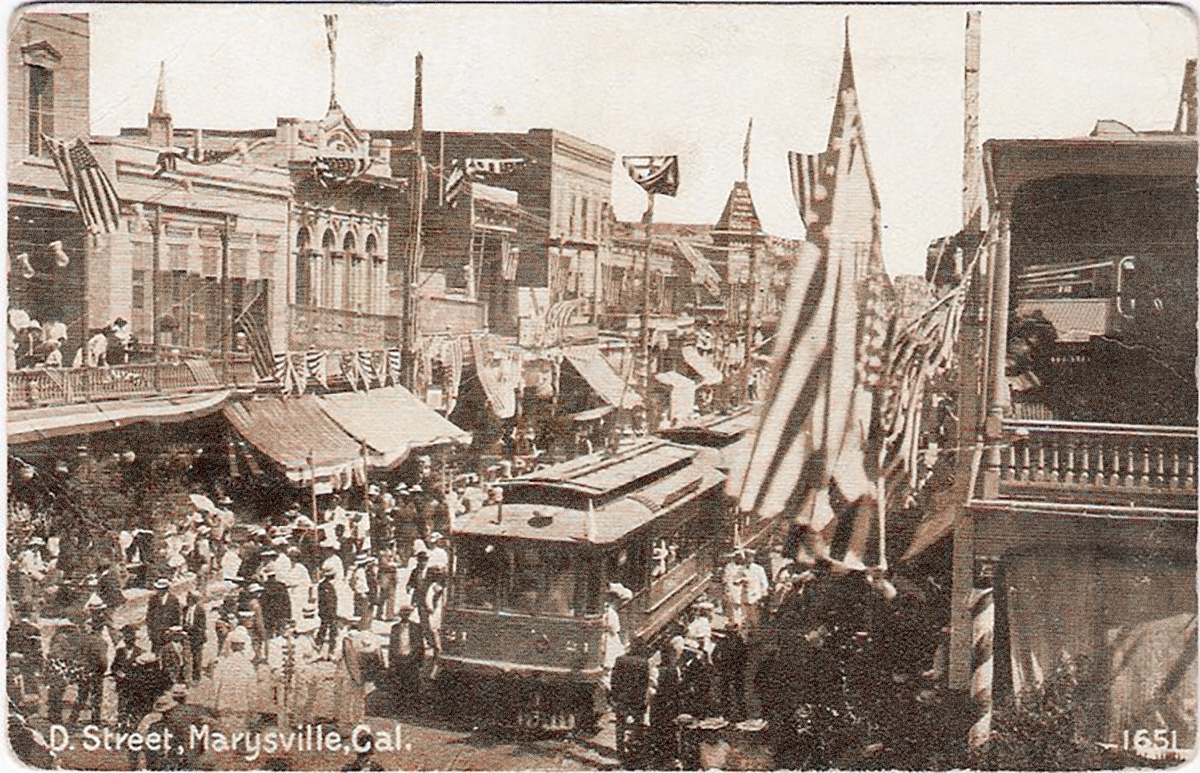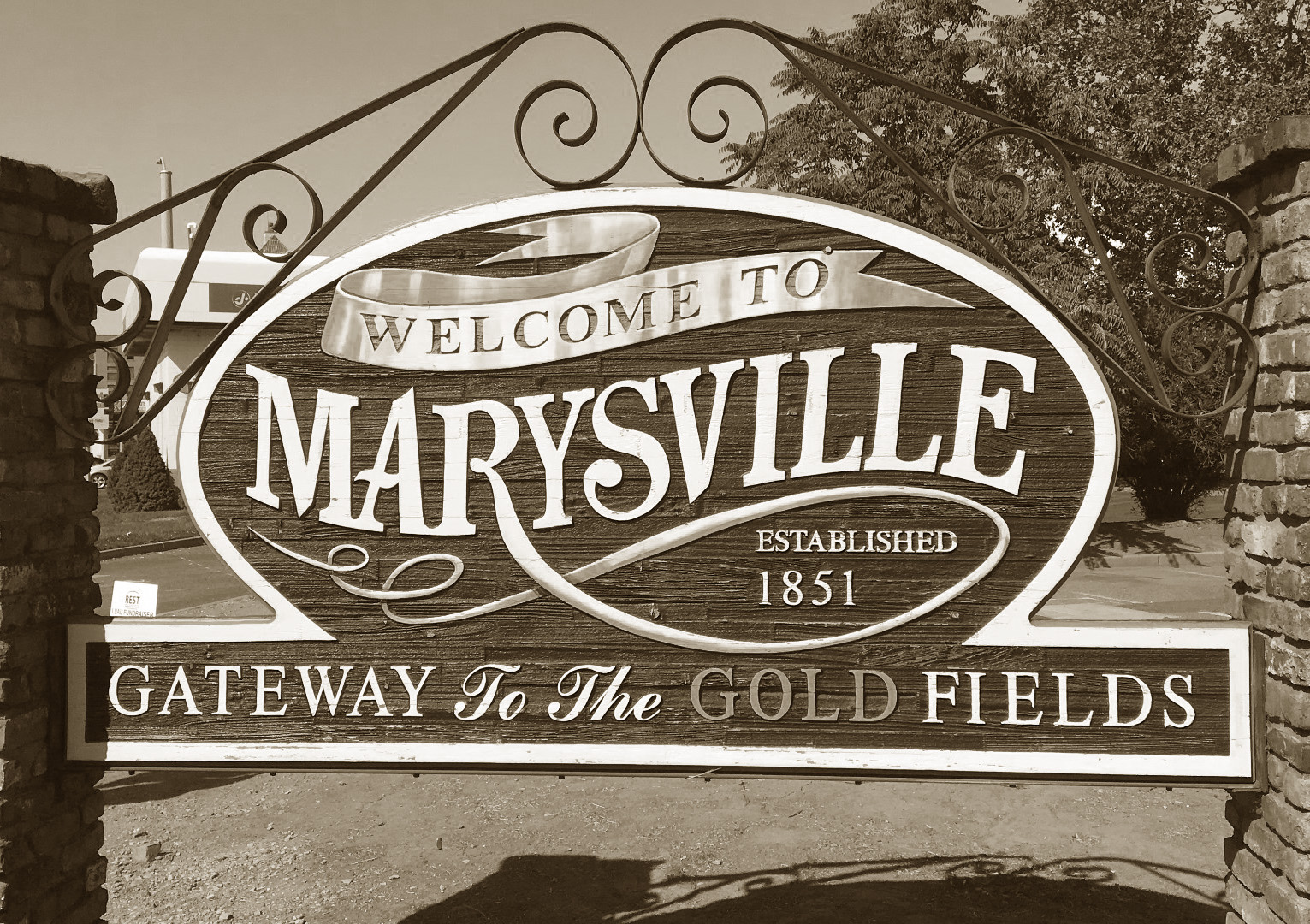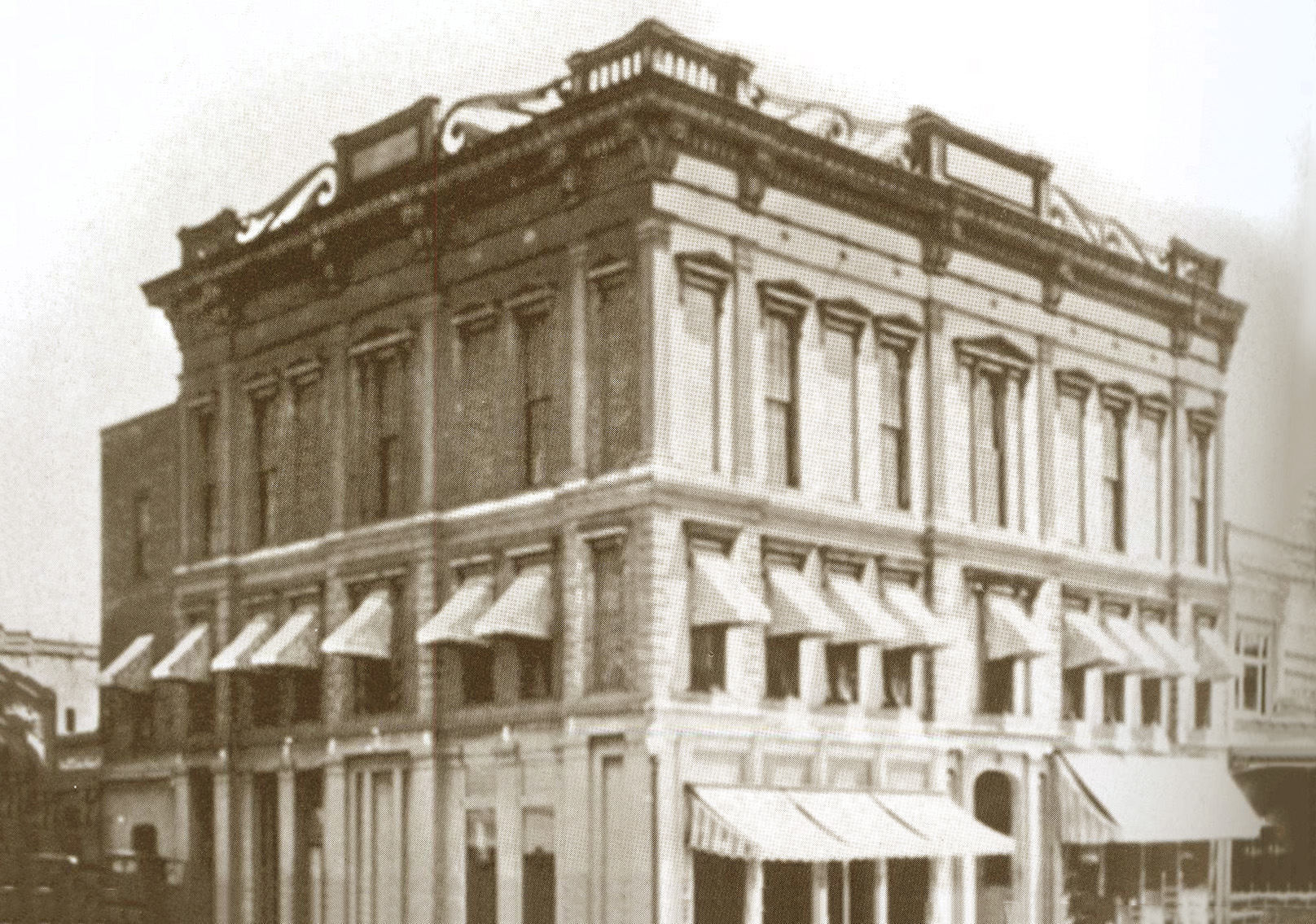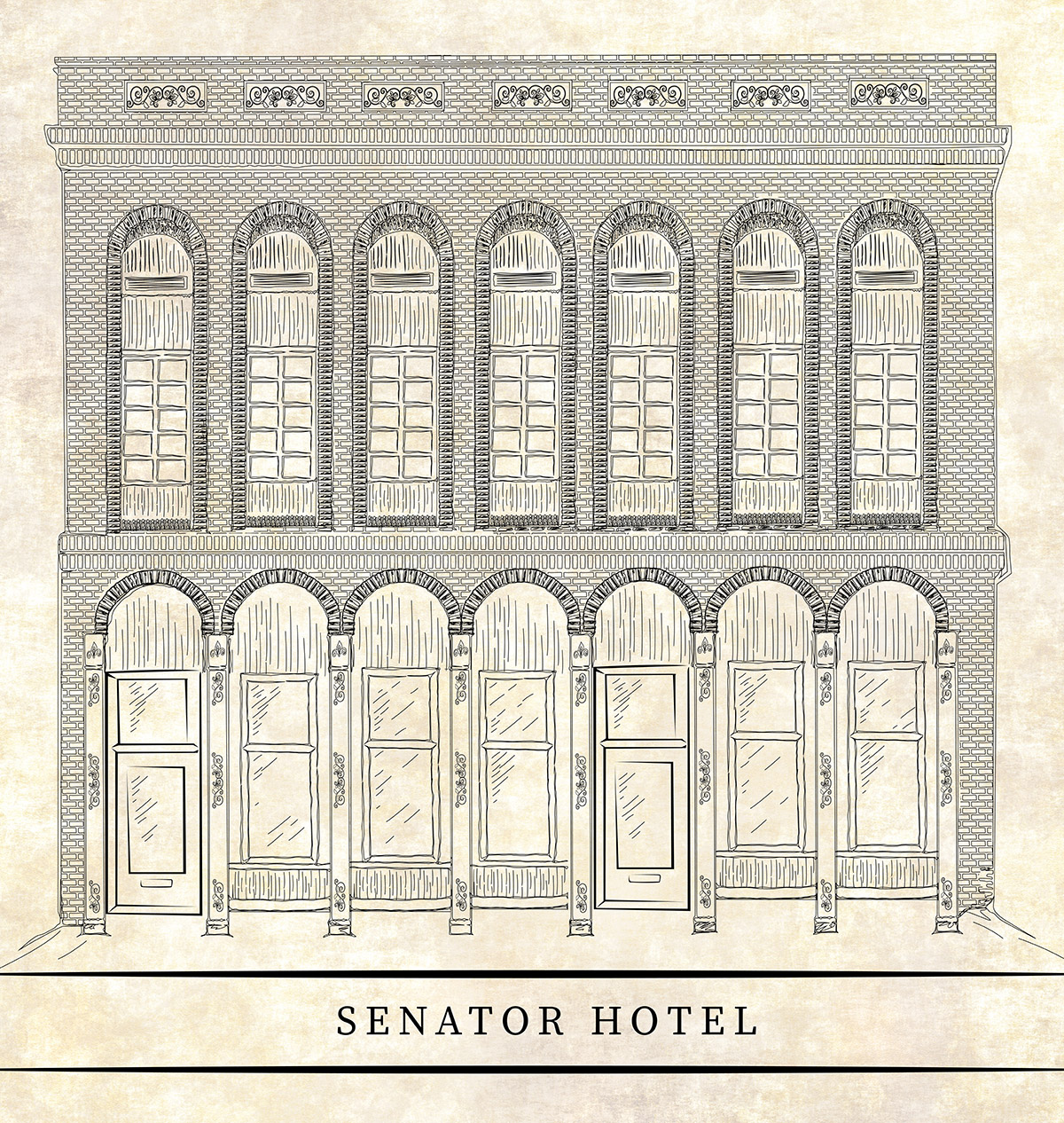A brief review of the history of Marysville
Marysville city is the county seat of Yuba County, California. Are you wondering why it is called so? Marysville is named after Mary Murphy Covillaud, who was a survivor of the Donner party, when nearly half the people died due to starvation in 1846-47 while crossing the Sierra Nevada mountain range in an early and horrific winter. Others were able to survive through sheer will and consumption of the frozen flesh of the deceased. It’s a symbol of hope and extreme survival!
Location:
Marysville is located at the convergence of two rivers down stream from the most fruitful gold mining area in Northern California. Since the discovery of gold, it became a significant trade center and the warehouse for the Northern gold mines. Eventually, it grew into one of California’s major cities of the 1800’s in the primary decade before all the gold was excavated.
Historical significance:
Marysville is situated on the land of the Maidu, who dwelled in the area for years before Jedediah Smith in 1828.
John Sutter leased a share of his Rancho New Helvetia land to Theodore Cordua in 1842. In the succeeding year, he constructed a home and trading area termed “New Mecklenburg”. The region was located at what would become the southern extremity of ‘D’ Street Marysville.
Gateway to the Gold Fields
Sutter’s Mill is in the history books as the place where gold was discovered in 1848 and led to the great California gold rush but it was Marysville that became the gateway to the goldfields which lay just a few miles to the eastIn 1848, Charles Covillaud found riches in the gold pitches and purchased half of the Cordua ranch. In the Gold Rush, the farm turned out to be a stayover point for the riverboats from Sacramento and San Francisco. Even today Marysville is know as the “Gateway to The Gold Fields.”
“The New York of the Pacific.”
On January 18, 1850, the townspeople resolved to name “New Mecklenburg” as “Marysville”, after Charles Covillaud’s wife, Mary Murphy Covillaud. The first mayor was chosen in 1851. The populace was nearly 10,000 by 1857. Marysville had established mills, iron workshops, sweatshops, machine plants, faculties, cathedrals, and two daily papers. Marysville had become one of The Major Cities in California, owing to its strategic position. The city’s forefathers anticipated Marysville becoming “The New York of the Pacific.”





The problem of flooding
Rubble released by hydraulic mining above Marysville elevated the riverbeds of both the Feather and the Yuba Rivers and made the city susceptible to flooding throughout winter storms and spring overflows. Almost immediately, the boats could no longer make the voyage from San Francisco to Marysville.
The city then constructed a levee system which is still preserved today. Unfortunately, the levee system closed the town off and made added development practically unmanageable. Marysville is often called the “California’s Oldest ‘Little’ City.”
A refuge for the Chinese American Community
Since Marysville was a hub of the development of the transAtlantic railway, it was inhabited by a substantial Chinese American community in the 1850s. Though numerous Chinese were driven from their homes in California between 1870 and 1900, Marysville became a sanctuary for Chinese laborers, and was one of the limited Chinatowns that did not promote violence. The Chinese Bok Kai Temple is recognized to be one of the most ancient incessantly functional Taoist temple in America. The Chinese New Year festival has been commemorated in Marysville since 1880.
The nexus of the town is gorgeous Ellis Lake. Fenced by stunning greenery and cemented sidewalks. It is presently scheduled for a massive restoration to become an enjoyable community gathering place.
Originated in 1843, the delightfully pretty town of Marysville is every so often deliberated as the oldest town of Northern California.
[sp_comments_block]



